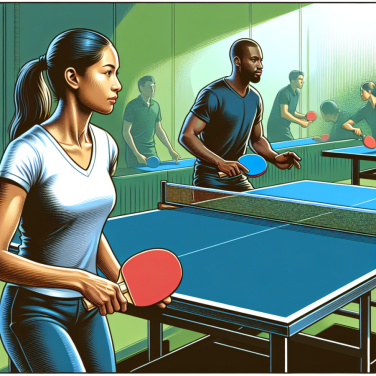The Purpose and Functionality of Different Golf Clubs in a Set
Golf clubs are undoubtedly one of the most essential aspects of the game, and understanding their purpose and functionality can make a significant difference in your performance on the course. Each club in a set has a different purpose, designed to help the player handle various situations they might face during the game. Here, we'll delve into the different types of golf clubs and what they’re used for.
First, we have the driver. This club is usually the longest and has the largest head of all other clubs in the bag. It's designed to hit the ball as far as possible off the tee, and golfers typically use it to start off on par-4 and par-5 holes. Drivers have a low degree of loft, which sends the ball at a lower trajectory, maximizing distance.
Following the driver are the fairway woods. They’re aptly named as they’re primarily used for shots off the fairway, typically for the second shot on par-4s and 5s, or for the tee shot on long par-3s. These clubs have smaller heads than drivers and a higher degree of loft to get the ball airborne more easily.
Next in the set are the irons, which range from 1-iron to 9-iron. These clubs are normally used for approach shots to the green, short tee shots on par-3s, or shots from the tee on shorter par-4s. The lower the number, the longer the iron, and the more distance it has. Conversely, the higher the number, the shorter the iron, and the less distance it covers, but with a higher degree of accuracy.
Hybrid golf clubs are a recent addition to the golf set, aiming to combine the best features of woods and irons. They are intended to replace long irons, since many golfers find them hard to hit, due to their design that maximizes distance over control.
Then we have wedges, specialized types of irons that have even more loft than a 9-iron. These are used for shorter approach shots, usually within 130 yards of the green, for 'escaping' from sand bunkers, and for chipping or pitching near the green.
Lastly, the putter, arguably the most used club in the bag, is used for rolling the ball along the green straight into the hole.
Read also:
Understanding the Science behind Golf Clubs: How Do They Work?
Breaking Down the Components of a Standard Golf Club Set
Every golfer, from professional to beginner, knows the importance of having the right equipment. Breaking down the components of a standard golf club set can be helpful for understanding which clubs are necessary in different situations on the golf course, as well as how to properly use each club. Let's explore the essential components of a standard golf club set.
Driver
The driver is typically used to start off any par 4 or par 5 hole. Characterized by its large and rounded head, it is designed for long-distance shots. The club head's large surface area helps to deliver significant power, allowing the ball to travel a great distance. Modern drivers often have adjustable features that allow for modifications in loft, lie, and face angle.
Fairway Woods
Fairway woods are used for long shots on the fairway, hence their name. They can also be used off the tee if a driver proves to be too unwieldy. Fairway woods typically range from a 3-wood to a 7-wood, with the higher numbers indicating more loft and, therefore, a shorter but higher trajectory shot.
Hybrids
Hybrids are a relatively modern addition to the standard golf club set. They're designed as a combination between a wood and an iron, offering the best of both worlds. Hybrids are typically used for shots where an iron would be too hard to hit, but a wood would be too much club.
Irons
Irons are versatile clubs that can be used for a variety of shots, from teeing off on short holes to chipping onto the green from the fringe. Normally, the set goes from 3-iron to 9-iron. The higher the number, the more loft the iron has. This means that a 9-iron will send the ball on a higher trajectory (but a shorter distance) than a 3-iron.
Pitching and Sand Wedges
Wedges come in handy for your short game. The pitching wedge is typically used for short shots into the green, and the sand wedge is specifically designed to get your ball out of bunkers.
Putter
The putter, of course, is used for putting, i.e., hitting the ball into the hole once it's on the green. Putters come in a variety of designs, but all have flat faces to accurately direct the ball.
In a standard golf set, you are allowed up to 14 clubs, but the configuration of these may vary among different players.




